Top Tips for Nude Hiking Legally (And Illegally)
“Freehiking” is the modern term for the act of hiking or walking in nature while naked. For this week’s blog post, we’d like to share an excerpt from an article on PlanetNude.substack.com. It outlines the best practices for trekking naked in nature – legally and illegally. The original article contains a disclaimer, and we’d like to add our two cents: While we enjoy nude activities like freehiking, we don’t condone illegal activity and we believe that nudity, even in settings where it’s allowed, should be practiced mindfully.
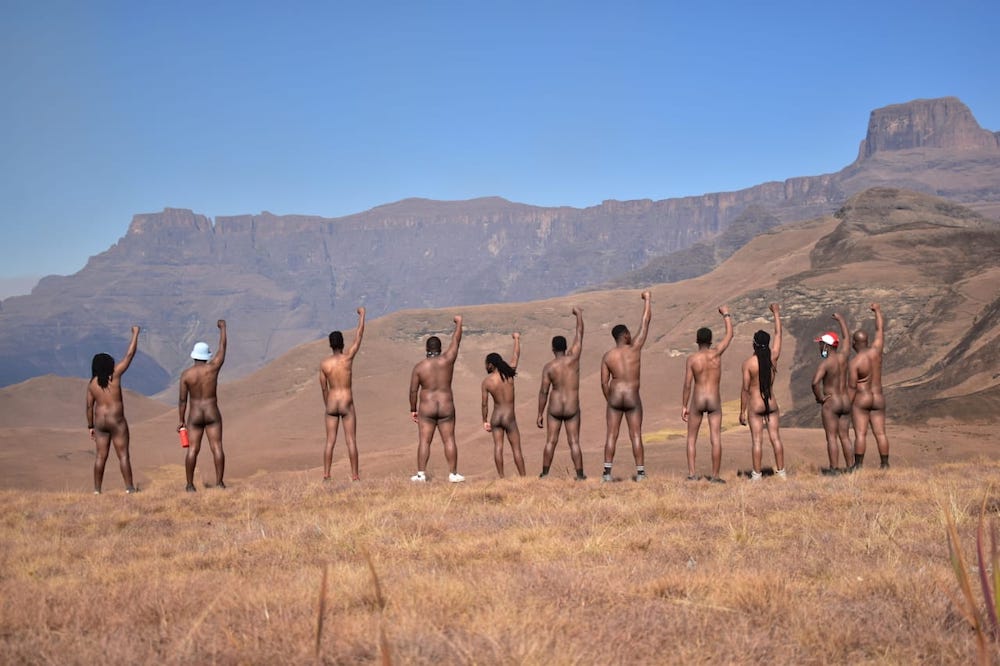
“Freehiking” is the modern term for the act of hiking or walking in nature while naked. It is a form of naturism that combines the freedom and connection to nature that comes with being naked, with the physical and mental benefits of hiking.
The combination of being nude and in nature can invoke a sense of freedom and liberation that cannot be found at a nudist resort or a crowded nude beach. It allows one to connect with the natural world in a more authentic and genuine way.
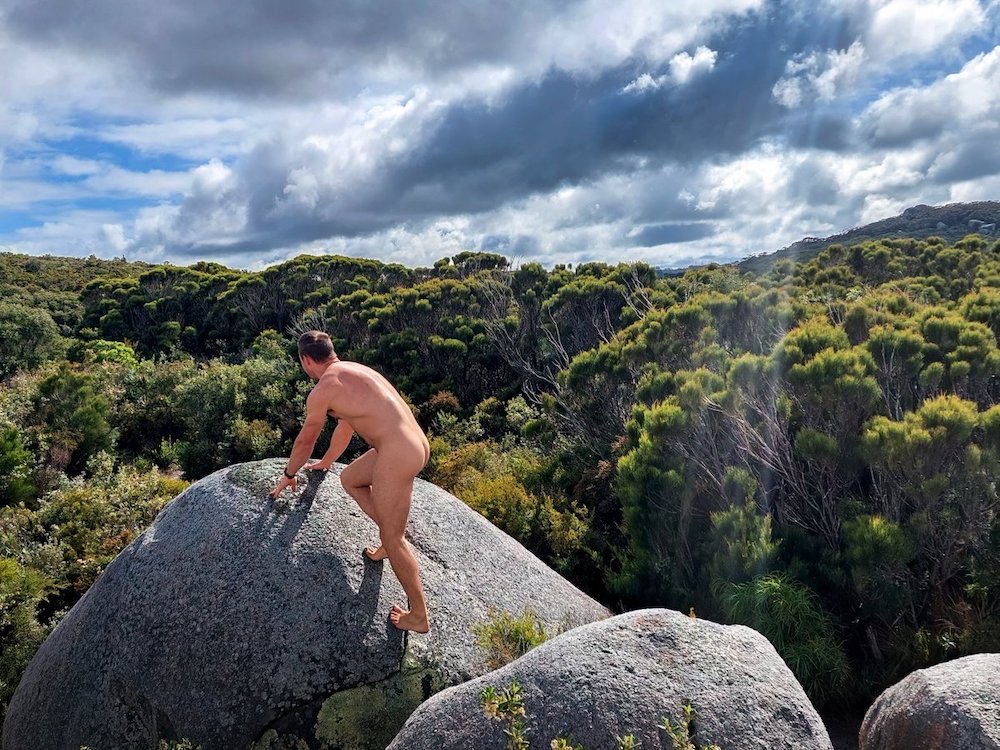
In the last year, I’ve gone out on roughly three dozen freehikes. For me, freehiking brings mindfulness, as it elicits true presence in the moment by requiring me to be fully engaged with my surroundings. It is a way to to unplug from the stress and distractions of daily life, and reconnect with the natural world. I find it addictively therapeutic, and as you might imagine I’ve become somewhat passionate about it. Naturally, I’ve picked up a few insights.
Are you interested in giving freehiking a try? Here are some tips for how to do it legally, or if so compelled, to safely do it illegally.
Obligatory Legal Disclaimer: The information provided here for educational and entertainment purposes only and should not be taken as legal advice. We do not endorse or encourage breaking the law.
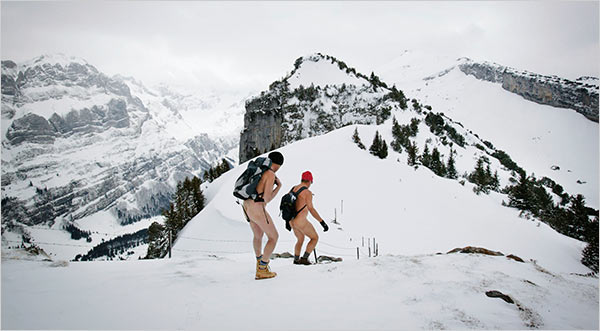
Three tips for freehiking legally:
1. Know your rights. Research local laws and regulations before embarking. This will help ensure that you are not breaking any laws or trespassing on private property. To research local laws and regulations, consult the appropriate government websites and agencies that hold jurisdiction over the area of your hike. In the United States, this could include the National Park Service, the Bureau of Land Management, or local city and county ordinances. You can reach out to these agencies directly to ask about any specific rules or regulations regarding nudity.
Keep in mind that while many national parks and trails may not have specific rules against nudity, there may be other local ordinances or cultural norms. If possible, carry a printed copy of any laws or judicial notices that may give precedent for the allowance of casual nonsexual nudity, just in case you are confronted by law enforcement or other authorities. It’s important to know your rights, but equally important to know where you do not have the right to be nude. In some jurisdictions, an indecent exposure charge could land you on a sex offender registry. Don’t take any risks you are not aware of.
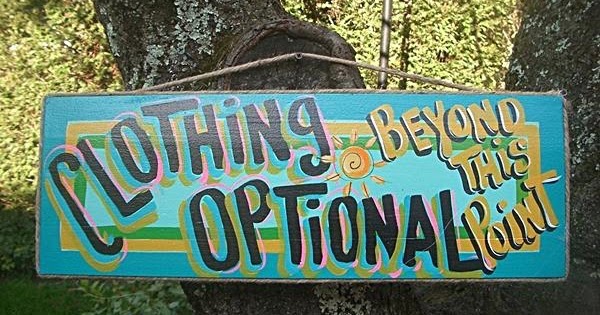
2. Joining a freehiking group or club can be a great way to find like-minded folks. These organizations often have knowledgeable leaders who can help guide you through the process of freehiking legally and safely. They may be able to provide valuable information on local laws and regulations, as well as recommend trails or areas where freehiking is permitted. Additionally, joining a club or group can provide a sense of community and support while you are out on the trails.
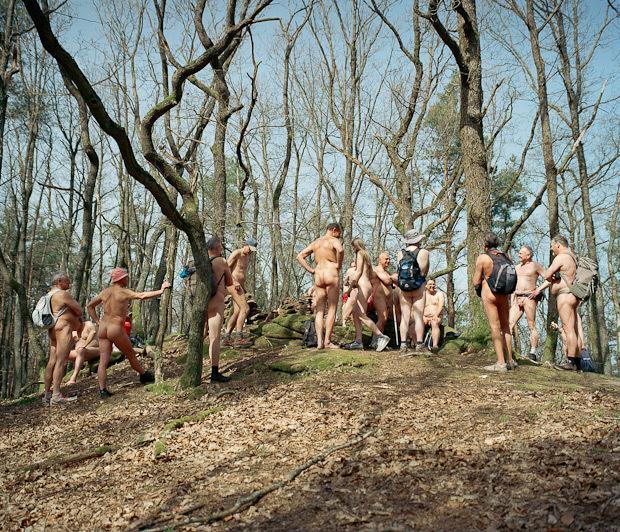
3. If you are not comfortable taking the risk of freehiking on public land, you can consider exploring trails on private property where nudity is allowed. Many nudist clubs in the United States have trails where nudity is legal and safe. You can find these clubs and trails through organizations such as the American Association for Nude Recreation (AANR) or the Naturist Society.
There are several ways to freehike legally. But sometimes the situation you are considering may not be strictly legal. In that case, there may be some simple commonsense precautions you can take to help protect yourself (and others).
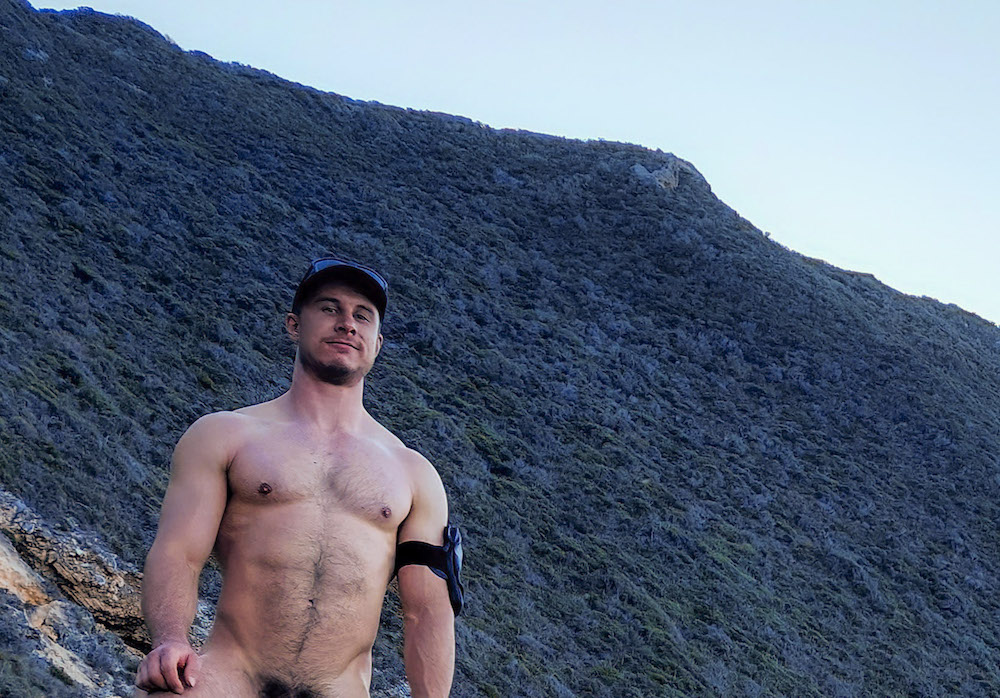
Three tips for freehiking illegally:
1. Avoid private property. This is important because you could potentially face criminal trespassing charges if caught on someone else’s property without permission. Instead, opt for public land where you’re less likely to get shot at.
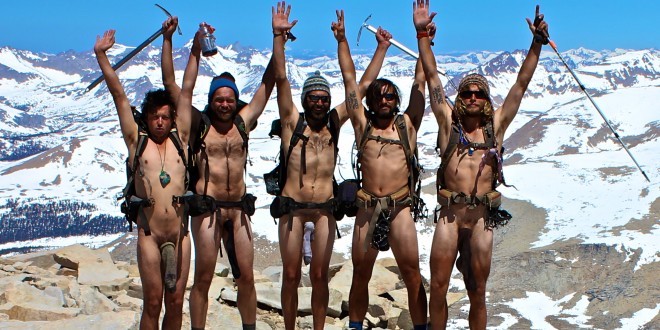
2. Start your hike at dawn or during less popular times to avoid running into others. When you arrive at an out-and-back trailhead and nobody else is parked there, chances are good that you’re the first there, and there’s a chance you can enjoy the first leg of your journey entirely in the buff, dawning textiles only for the walk back.
3. Always be respectful of others, and be prepared to cover up if requested to do so. It’s important to remember that not everyone may be comfortable with public nudity, so it’s important to be considerate and respect their wishes if they ask you to cover up. Carry a loose fitting pair of shorts or a sarong that can easily be wrapped around you, or slip on and off over your shoes. If you pass someone along a trail and don’t have time to cover up, simply smile or wave and keep walking. Don’t try to stop or explain yourself, as this could potentially escalate the situation. As in all things, practice good judgement.
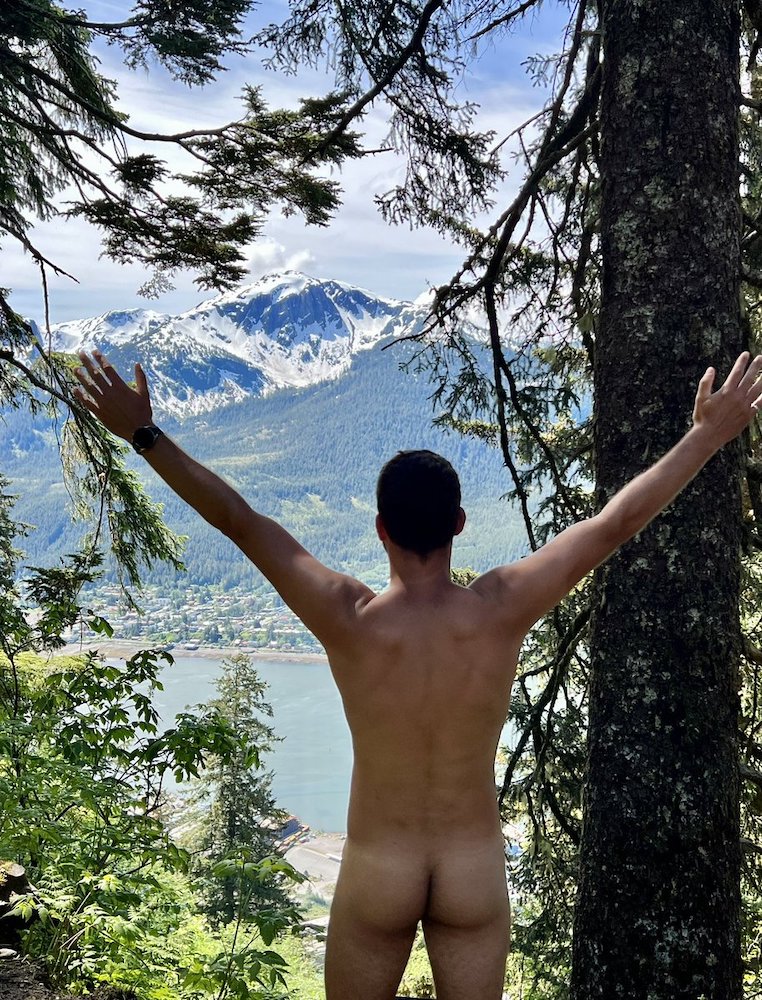
4. Know your rights. It bears repeating. Do your research.
Okay, that was four tips. But one was repetition, so we won’t count it.
As long as it is done in a safe and respectful manner, freehiking can be a rewarding and enriching experience for those who are comfortable with their own bodies and the natural world. It is a unique way to connect with nature and oneself, and experience a sense of freedom and joy that is hard to find elsewhere.
We hope you enjoyed the tips for freehiking presented in this article. We’d love to know if you have personal experience with freehiking and if so, do you have any more tips to add? Be sure to answer in the Comment Section below.


I’m gonna try
When in San Diego years back enjoyed Blacks Beach very much, Harvey Kidman
This article was written by someone that succumbed to the acceptance of dictatorship we are increasingly victimized by our overseers.
I see myself as a free-living entity on this planet competing for sustenance, space, indeed life with all other living things. I was born nude, and I follow all-natural systems evolution gave us. This encompasses not only intake of calories, but all other expression of life like sex. I am nude anywhere where the nature provided conditions not requiring protecting myself with clothes and or armor.
If someone object I consider it their problem, not mine. They do not need to look.
But I also live in a society I need to consider. I conduct my actions in a way I would like others conduct themselves. I will not approach nude clothed people enjoying their spot in a sunshine.
But more often than not in North America nudity in parks, nature swimming in rivers etc is perfectly legal provided that nude people do not create nuisance, i.e. accept the dictatorship of subdued people by abundance of restriction for our lives and wearing clothes.
Custom regardless if logical or not also has to modify our actions. We cannot go to a grocery store nude to buy bread unless in a place like Isle Du Levant, a nudist island in Mediterranean. Even here the invaders from Africa clad in black bed sheets protest, here I just have a raised finger for those leaving them free to be offended as deeply as they choose.
The most often the exchange with law enforcers is a request to cover up which I will of course obey promptly. I am not a martyr trying to change the law enforcers following the directions of their check issuers are blindly following. Enjoy the coming sumer, I am already enjoying the Florida’s sunshine in the nude, of course. Jerry